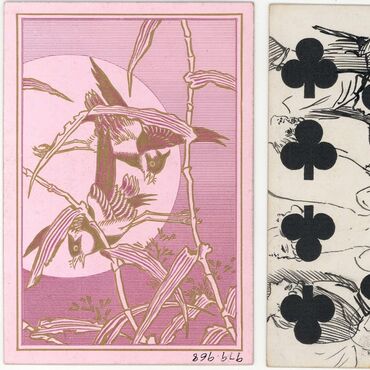Ken Lodge
Member since May 14, 2012I'm Ken Lodge and have been collecting playing cards since I was about eighteen months old (1945). I am also a trained academic, so I can observe and analyze reasonably well. I've applied these analytical techniques over a long period of time to the study of playing cards and have managed to assemble a large amount of information about them, especially those of the standard English pattern. About Ken Lodge →
HOLIDAY COTTAGE FOR RENT
My wife and I have recently started to offer a holiday cottage for rent.
Collectors’ Playing Cards for Sale
Some interesting playing cards for sale.
75: Early American cards
An overview of some of the early cards made in the United States.
74: The Wills/Waddington gift scheme
The scheme to promote playing cards as gifts by means of inserts in Wills' cigarette packets apparently saved Waddington from their financial problems in 1931. Here are some details of the cards involved.
73: Fakes, Forgeries and Tax Evasion
When there are official taxes to pay, people will find a way to avoid paying them - often illegally.
72: The Ace of Spades
In standard English packs the Ace of Spades is associated with decorative designs. This is a historical survey of why this should be.
71: Woodblock and stencil: the hearts
A presentation of the main characteristics of the wood-block courts of the heart suit.
70: Woodblock and stencil : the spade courts
This is a presentation in a more straightforward fashion of the work done by Paul Bostock and me in our book of the same name.
69: My Collection
This is an archive list of my collection. I hope it will be of use and interest to others.
68: Playing cards in glass
My wife and I have recently commissioned a unique pair of stained glass windows for our home.
67: Adverts and related material after 1900
The final page of material relating to playing cards from British periodicals.
66: Adverts and related material 1862-1900
Some further material relating to cards from nineteenth and twentieth century periodicals.
65: Adverts and related documents 1684-1877
Here are a few early advertisements relating to cards from newspapers 1684-1759 and a number of later 19th century documents of interest.
64: The descendants of the French regional patterns: 2
A continuation of the development of the off-spring of the Paris patterns and a few examples of how the French regional figures have inspired modern designers.
63: The descendants of the French regional patterns: 1
A great many regional patterns were exported from France and subsequently copied elsewhere. Some of them became local standards in their own right.
62: French regional patterns: the queens and jacks
Continuing our look at the figures from the regional patterns of France.
61: French regional patterns: the kings
On page 11 I illustrated several examples of the regional French patterns from Sylvia Mann's collection; this is a more in-depth look at the figures of these patterns ("portraits" in French).
60: Some less common Goodall packs, 1875-95
There are some interesting packs from Goodall in the last quarter of the 19th century.
59: Owen Jones (1809-74) and De La Rue
A selection of examples of Owen Jones's work printed by De La Rue.
58: Woolley & Co.
The firm of Thomas Woolley lasted for many years from 1836-1904 in several different guises.
57: China 3
A third and final look at some Chinese cards.
56: Number cards and Chinese Crackers
A brief look at the number cards used in standard English packs.
55: China 2
Some further American designs used in China.
54: China 1
Although many people would not consider Chinese cards worth collecting, the huge variety of court designs used by the companies based in China, Hong Kong and Taiwan over the years should be of interest to those who like to enjoy variation in court cards, jokers and aces of spades.
53: Some recent acquisitions and corrections
The following items are additions and alterations to my collection, the rest of which is listed on page 69.
52: The Isle of Man
The Isle of Man has always been a tax haven within the British Isles and it has also had some interesting packs of cards.
51: Some modern variation
A brief survey of some of the current variation in the standard English pattern.
50: Joseph Reynolds
A presentation of my database of Reynolds cards.
49: De La Rue in detail
A detailed presentation of the variants of De La Rue's standard cards.
48: Ferdinand Piatnik & Sons
Ferd. Piatnik produced a very large range of cards with many different standard and non-standard patterns. This is a survey of his standard English output.
47: Welch’s postcards and De La Rue’s redrawing
There are a number of court card designs that have never actually been produced as cards. It's a shame some of them never were.
46: Henry Hardy, Henry French & Christopher Groser
A brief look at some makers of whom we know little.
45: New Zealand
There are three main New Zealand makers that I'm aware of: A.D. Willis, John Dickinson, and Strong & Ready.
44: Australia
Two early makers, Thomas and Sands & McDougall, used courts copied from those of the New York Consolidated Card Co.
43: The United States Playing Card Co.
The United States Playing Card Co. (USPCC) represents an amalgamation of all the major American card-makers of the late 19th and early 20th centuries
42: Andrew Dougherty
Andrew Dougherty was one of the biggest American card-makers in the 19th century.
41: A Guide to Dating Playing Cards
Dating is a particularly tricky but very interesting problem to tackle and there are many pitfalls.
40: More on Design Copies and Fakes
The issue of design copies needs further consideration and when does a copy become a fake?
39: Mixed Packs
A number of mixed packs appear for sale from time to time, but it's important to sort out what is meant by the term mixed. It is an issue that is not as straightforward as it might seem.
38: Peter Gurney and Other 20th Century Minor Makers
Gurney was not the only printer who went briefly into the playing card business during the twentieth century.
37: Late 19th Century Card-Makers and Problem Cases
After the Old Frizzle period and the tax was reduced to 3d per pack, from 1862 onwards, a number of makers started up, who hadn't made cards before, although they were part of the paper and pasteboard industry.
36: Minor Makers of the 19th Century
In 19th century England there were a number of makers who produced cards in relatively small quantities.
35: More Design Copies
Here I want to take another widely copied design and see how individual variation by the copier can take the original design through a lot of changes. I shall take the three USPCC designs: US3 (wide), US3.1 (bridge) and US4 (wide). To the best of my knowledge these are no longer used in the US, exce...
34: Design Copies
Some copies of the designs of Goodall and the New York Consolidated Card Co.
33: Functional Changes to Playing Cards
The emphasis throughout my collecting has been on the design of the courts cards, and it should be pointed out that there have been some functional changes to cards, which have affected the traditional designs, especially in the 19th century.
32: The Not-So-Minor Cardmakers of the 19th Century - Part 3
A survey of the cards made by Creswick and Hardy, with a brief mention of De La Rue, Goodall and Reynolds.
31: The Not-So-Minor Cardmakers of the 19th Century - Part 2
This page continues the presentation of examples of the major English cardmakers of the 19th century.
30: The Not-So-Minor Cardmakers of the 19th Century - Gibson, Hunt & Bancks
A preliminary look at the card-makers operating in the 19th century.
29: James English
An overview of the courts and aces of spades produced by James English.
28: How to Analyze and Differentiate Playing Card Plates (De La Rue, Waddington and the Berlin pattern [französisches Bild])
My interest in postage stamp variants led me to apply the same principles to playing cards.
27: Cards at Strangers’ Hall, Norwich
There is a very interesting collection of playing cards held at the Strangers' Hall Museum in Norwich.


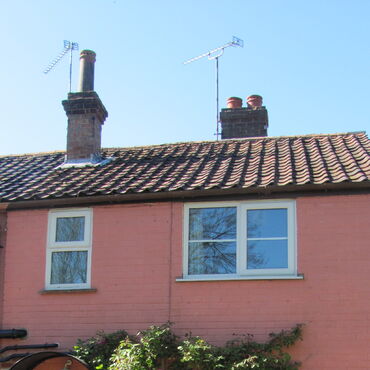
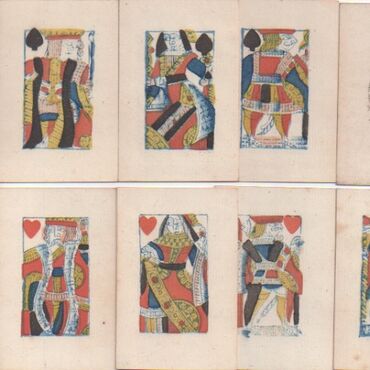
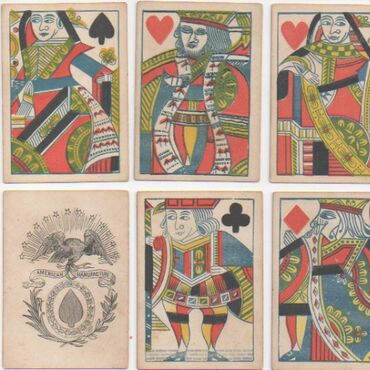
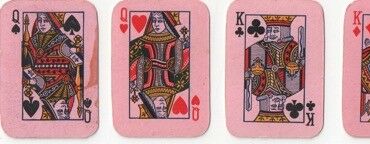
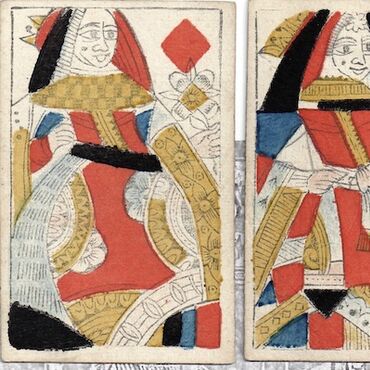
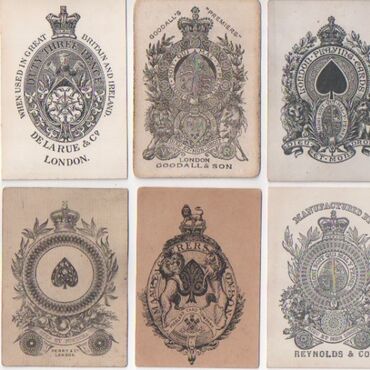
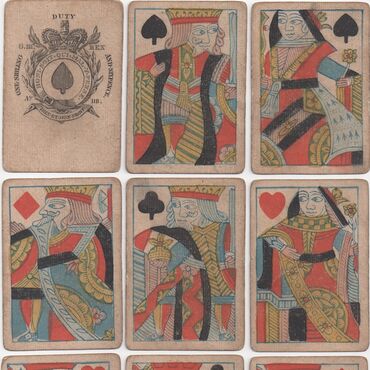
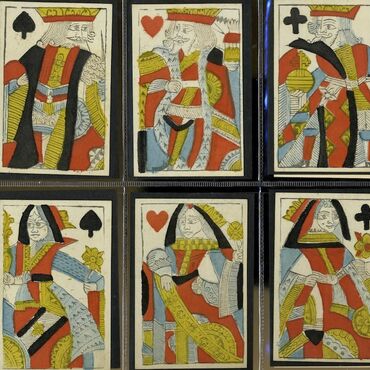
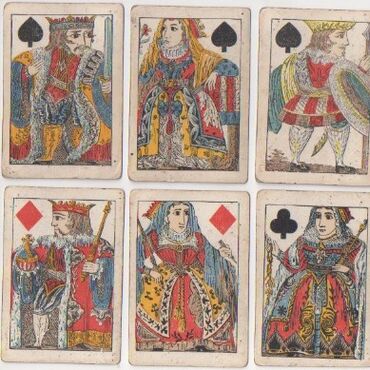
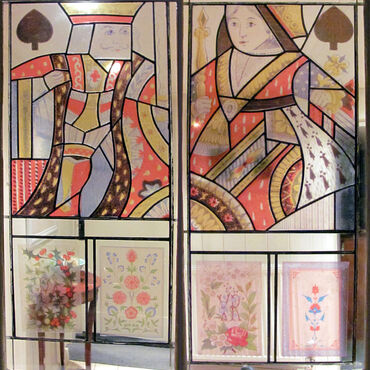
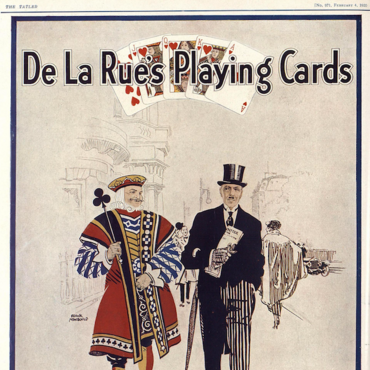
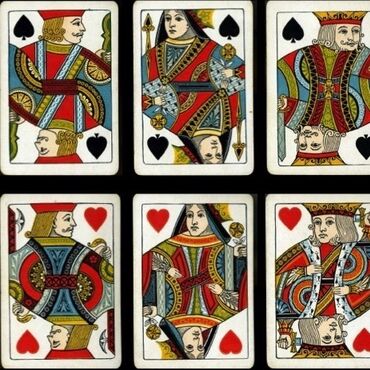
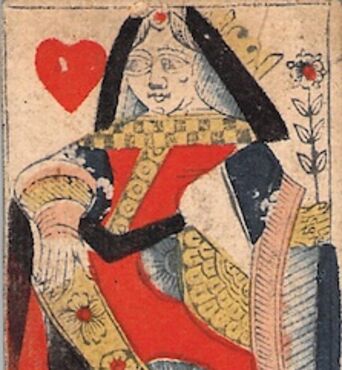
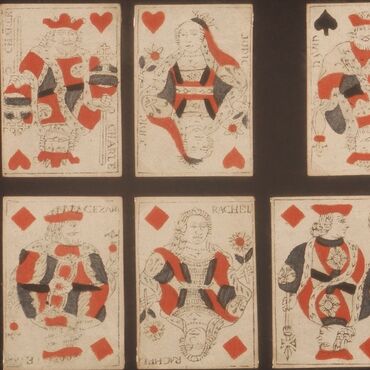
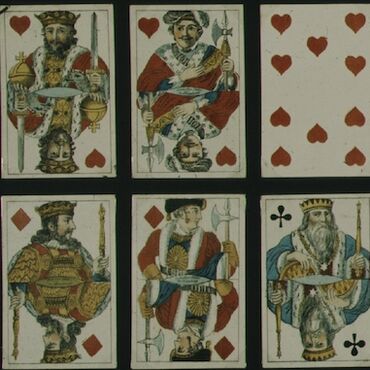
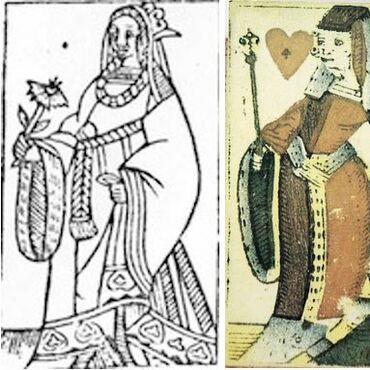
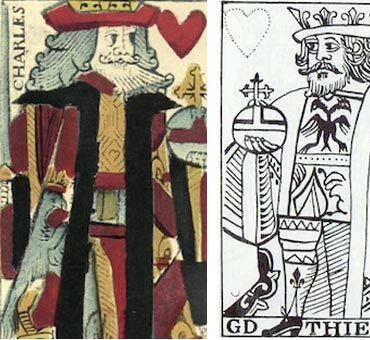
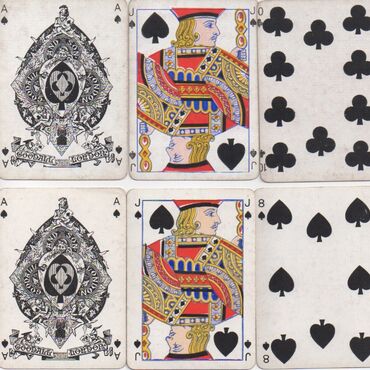
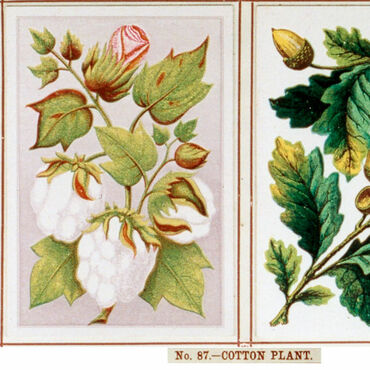
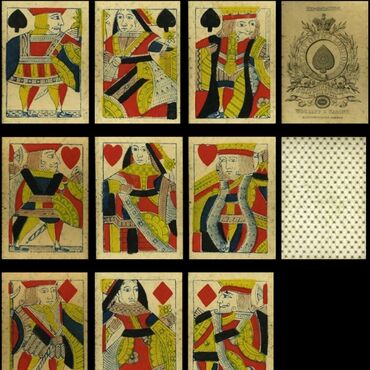
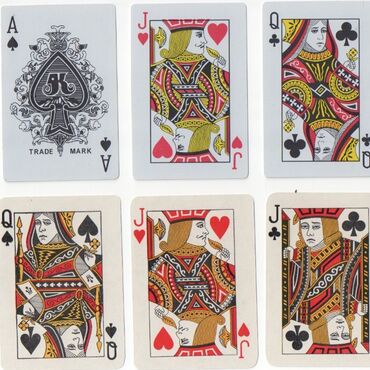
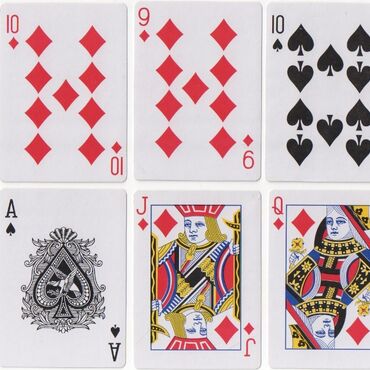
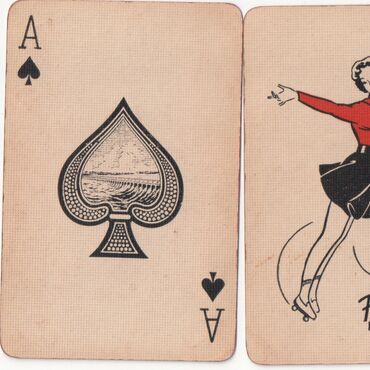
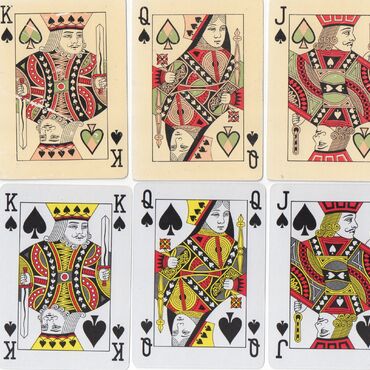
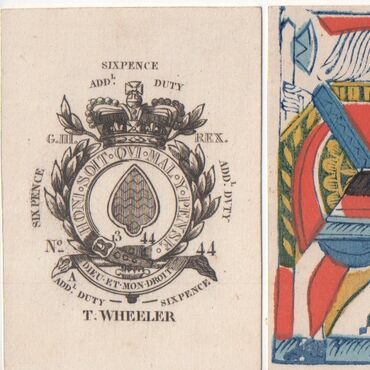
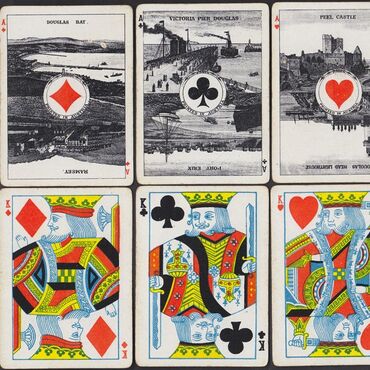
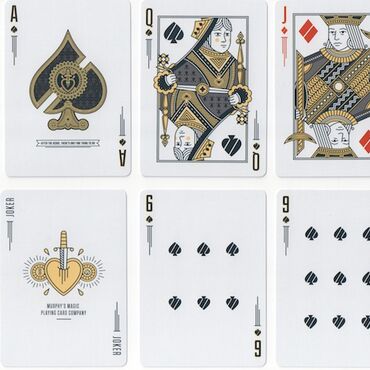
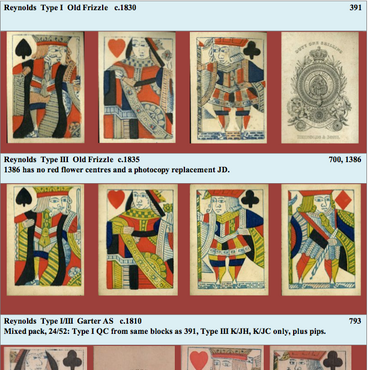
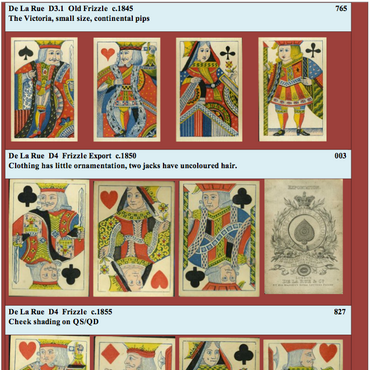
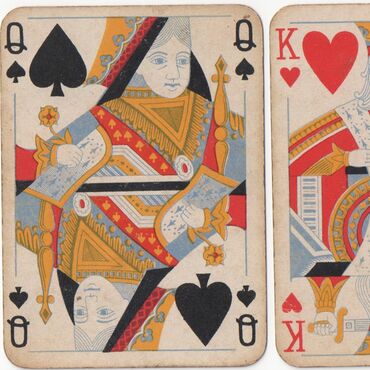
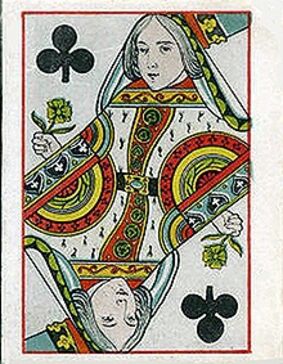
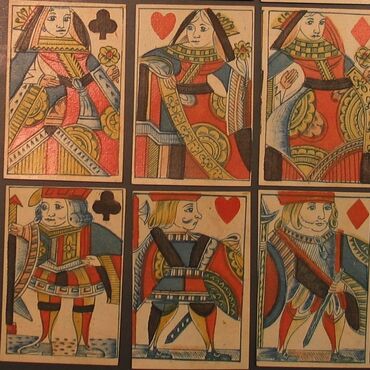
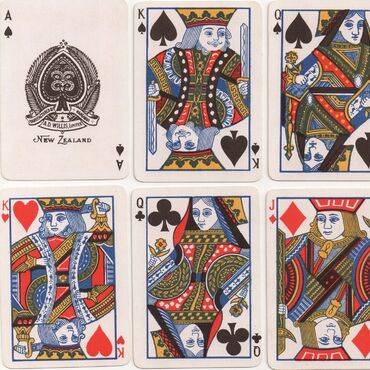
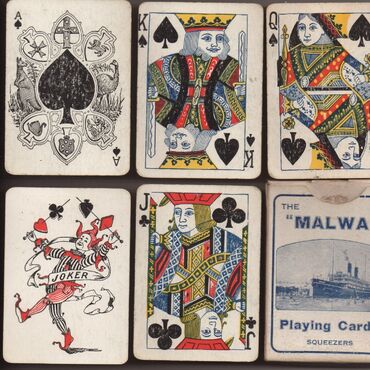
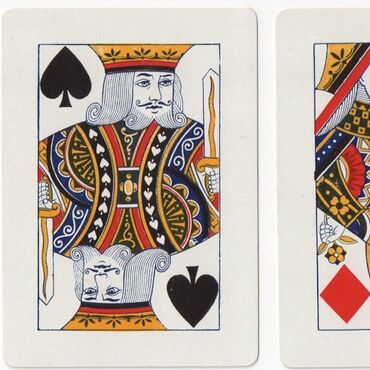
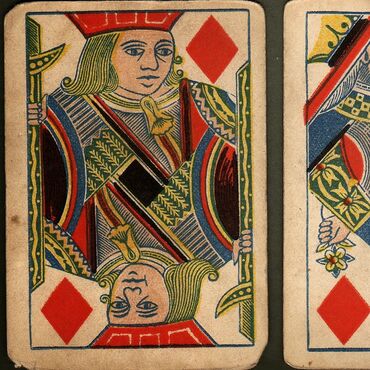
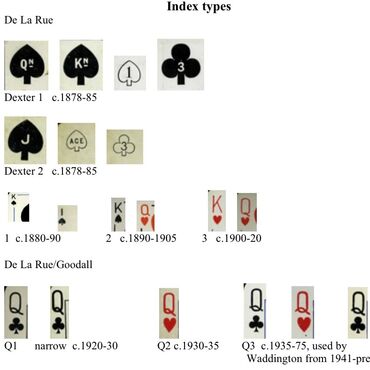
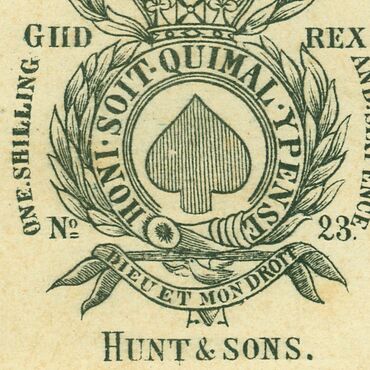
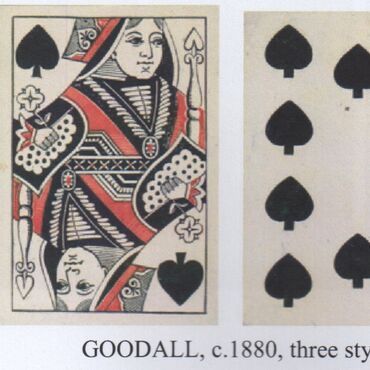
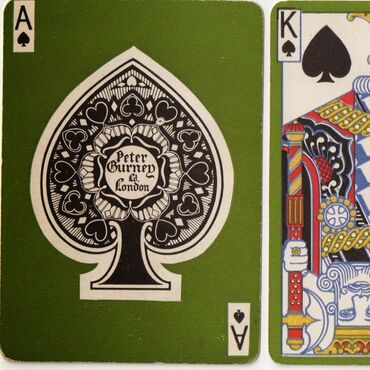
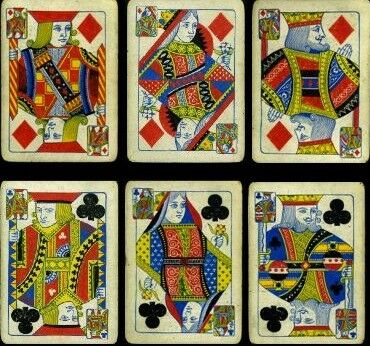
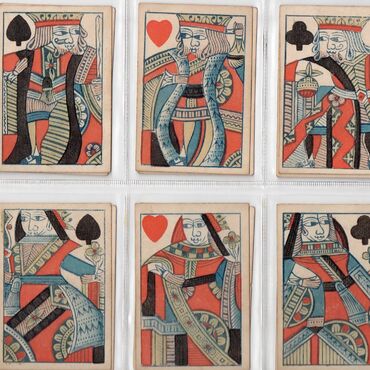
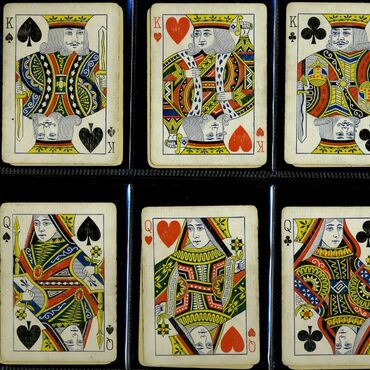
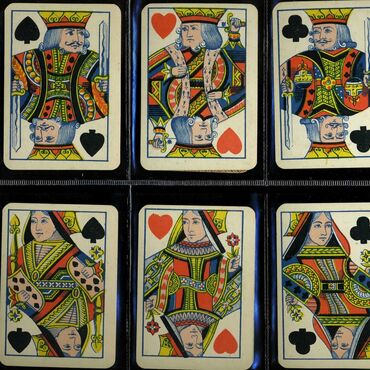
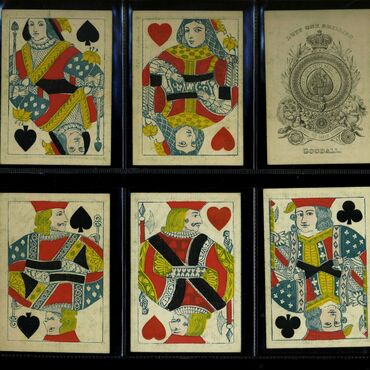
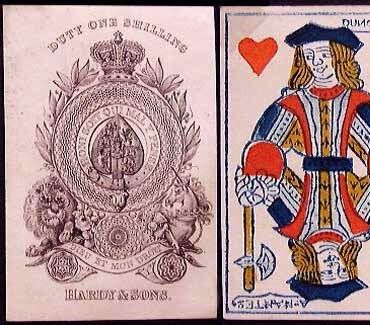
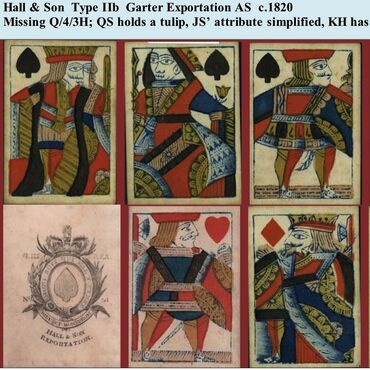
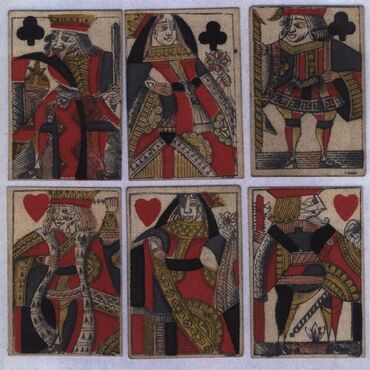
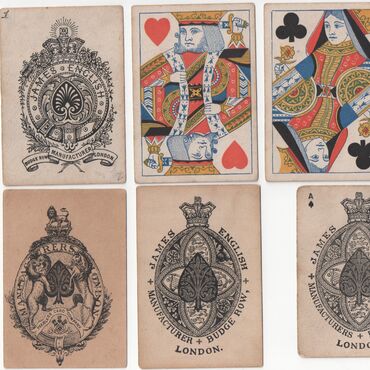
![28: How to Analyze and Differentiate Playing Card Plates (De La Rue, Waddington and the Berlin pattern [französisches Bild]) 28: How to Analyze and Differentiate Playing Card Plates (De La Rue, Waddington and the Berlin pattern [französisches Bild])](http://www.wopc.co.uk/core/cache/wopc/thumbs/var/www/wopc.co.uk/htdocs/images/blog/2015/10/JS_D1-D2-D3.57fe0405.jpg)
